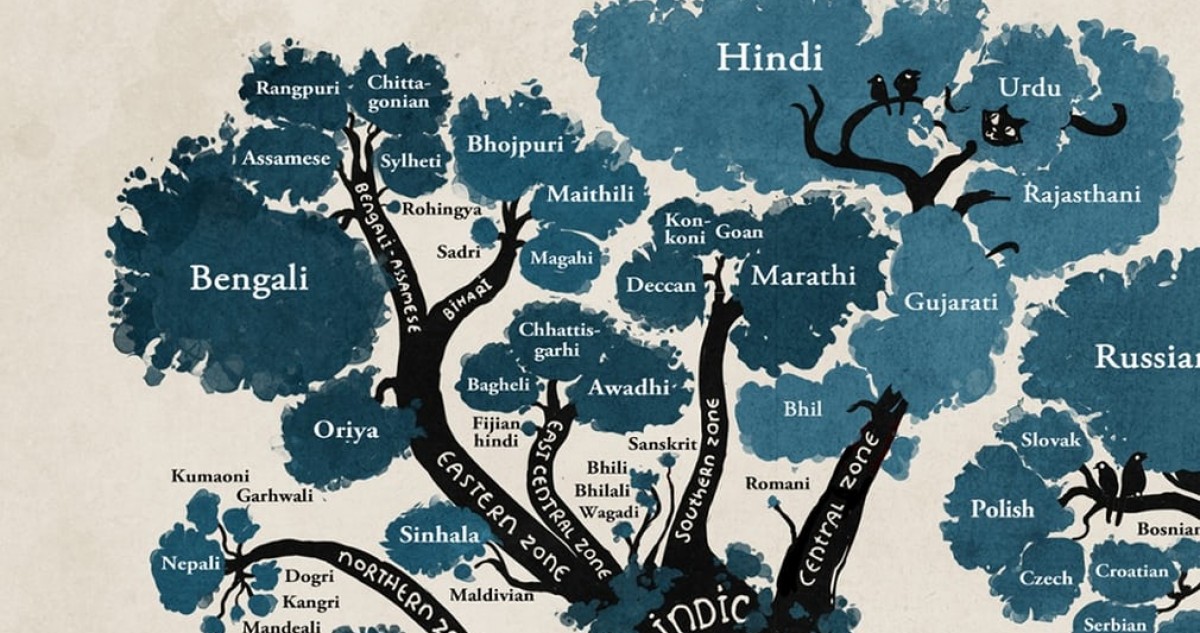- Home
- Solution
Your Brand, Our Strategy
-
Media & Visibility Solutions
-
Brand & Communication Solutions
Your Challenges, Our Smart Solutions
Let’s Talk Let’s Talk
-
- Agency
- Pricing Plan
- Media Hub

Even as the technology giants are pushing platforms such as ChatGPT, Bing and Bard, India’s leading engineering colleges are launching an increasing number of generative artificial intelligence (AI) research projects, many of which Seek to understand how the technology could help build tools similar to OpenAI’s ChatGPT. Pero en lenguas indias.
Generative AI platforms have been a niche since the second half of last year, and Microsoft and Google have brought these programs to their existing services. Even the Ministry of Electronics and Information Technology (MeitY) said on February 3 that it is “conscious” of the rise and spread of generative AI and pointed out that AI could be a “kinetic facilitator” for growth in India.
Despite the potential benefits of generative AI projects in academia, researchers from various institutions highlight the many challenges facing such initiatives.
Among these challenges, the supply of a sufficient amount of data for Indian languages emerges as a significant obstacle due to the high cost of such projects and the massive computing power required to execute them effectively.
Despite these obstacles, Indian researchers have been actively working on generative AI projects for more than three years. Their dedication to addressing these challenges underscores the value these projects can provide to promote multilingualism and increase access to digital content for diverse communities.
As research continues, it is hope that advances in technology and collaboration between institutions will help remove barriers to success and make these projects a success.
Tapas Kumar Mishra, assistant professor of computer engineering at National, said: “In the academic field, we are using language model techniques called transformer architectures for various tasks, such as data classification, answering questions, automatic translation and the creation of chatbots”. Institute of Technology (NIT), Rourkela.
Transformer AI is the underlying algorithm for model generative AI tools. Can process inputs of human conversational language and generate results after understanding the context. Although the global platforms operate primarily in English, Mishra said the researchers under his command are working in languages such as Hindi, Bengali and Kannada.
These building models can take queries and generate results in these languages. En Ingles. They are not using OpenAI’s tools for this but have received a score of “very good” according to the industry standard test Bilingual Evaluation Understudy (BLEU).
It is says that NIT Rourkela obtained between 25 and 30 points in Hindi and English and 19 points in Bengali and English. As a reference, the GPT-4 model of OpenAI has a score of 22,9 in the output of English and French.
Last month, the institute published a research work on translation from Hindi to English in collaboration with the Association for Computing Machinery. This American scientific community publishes research work on natural language processing (NLP).
Besides NIT Rourkela, the students of Instituto Indian de Tecnología (IIT) of Madras have started working on similar projects.
According to Harish Guruprasad, assistant professor of computer engineering at IIT Madras, one of these projects seeks to improve the quality of YouTube videos translated into Tamil. This initiative shows the commitment to improving linguistic access and promoting multilingualism, which is by the diverse linguistic landscape of India.
In addition, these projects are important to promote the preservation of the language and equity in access to digital content. Through these efforts, institutions such as NIT Rourkela and IIT Madras contribute to the development of technological solutions that can improve language translation and access to digital media for diverse populations.
According to the sources, the main motivation of the students to start the Generative AI project has been to compare their language model with GPT-4 and to explore new techniques to translate videos into Indian languages, which will eventually end up in academic publications.
However, it is worth noting that the projects of generative AI extend beyond spoken languages and have been an active area of research in many domains.
These initiatives have demonstrated a huge potential to improve the accuracy and efficiency of language processing, voice recognition and image synthesis.
By harnessing the power of machine learning and deep neural networks, the researchers aim to develop algorithms that can emulate human intelligence and improve automation in various fields.
As such, generative AI projects hold great promise for changing how we interact with technology and creating a more accessible and inclusive digital ecosystem.
More news: Click here




